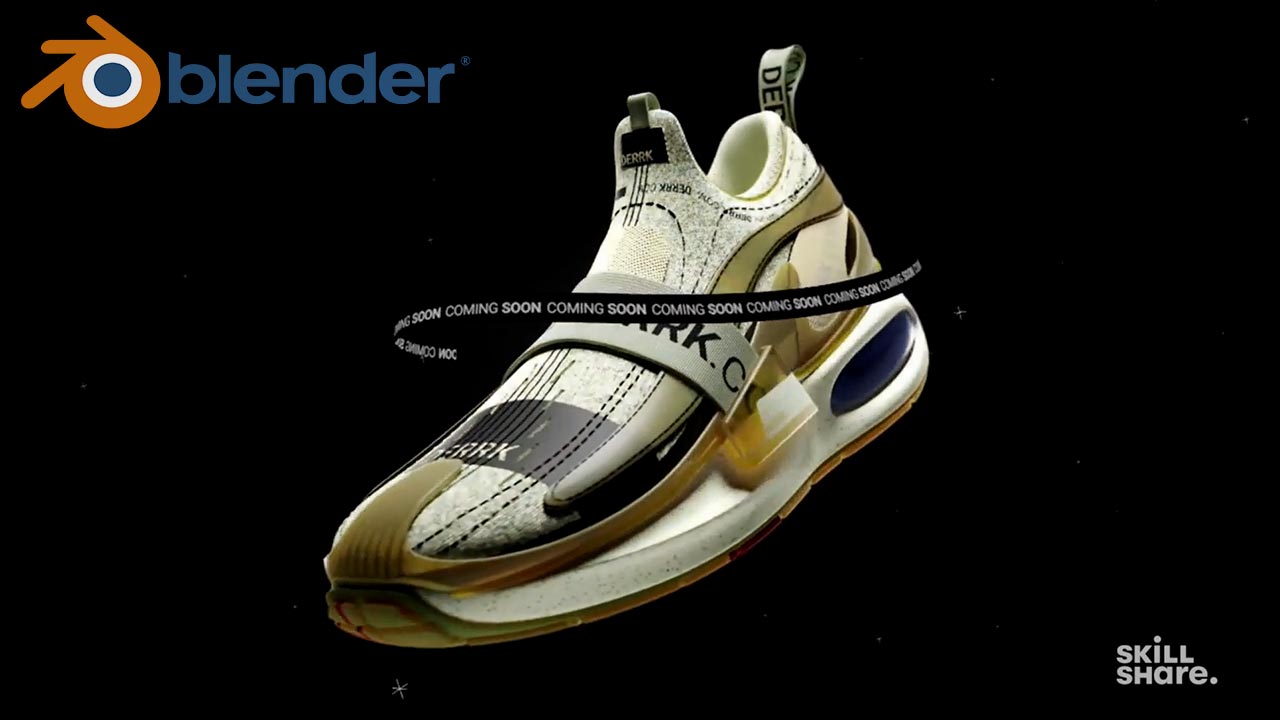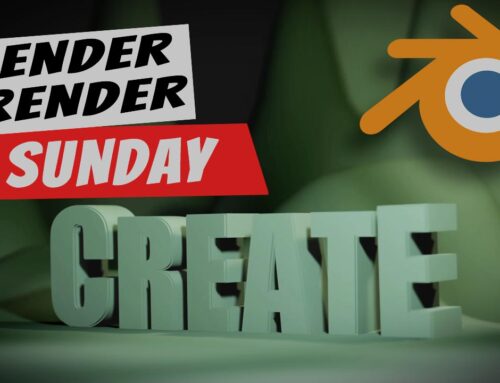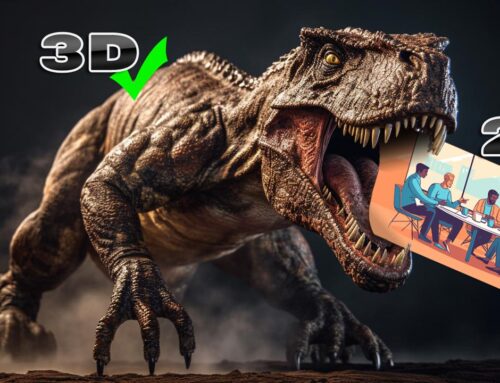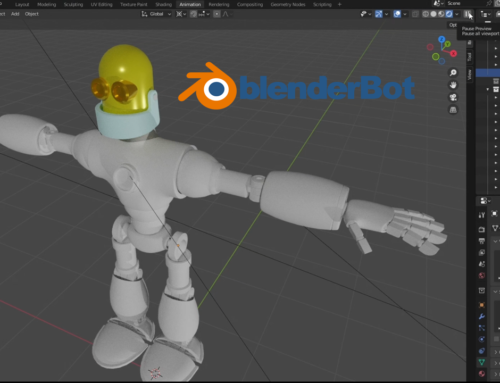The course “3D Modeling in Blender: Design Your First 3D Object” on Skillshare, taught by Derek Elliott, introduces beginners to 3D modeling in Blender. It covers the basics of Blender’s user interface, creating and editing 3D objects, adding lighting and materials, and rendering a final image. By the end of the course, students will have created a simple 3D scene, such as a shelf with objects. No prior experience is necessary, and the course provides foundational skills for further 3D design projects.
Unlocking the World of 3D Modeling with Blender: A Comprehensive Guide for Beginners
Your 3D modeling journey can be both exciting and intimidating, especially if you’re diving into the world of Blender, a powerful and versatile tool widely used in the industry. This guide will walk you through everything you need to know to confidently create your first 3D object, laying a solid foundation for future creative endeavors.
Why Blender?
Blender isn’t just another 3D modeling tool—it’s a game-changer. Whether you’re aiming to enter the gaming industry, animation, or even 3D printing, Blender is your gateway. The best part? It’s open-source, which means it’s constantly evolving with a vibrant community contributing to its development.
Course Structure and Highlights
- Getting Acquainted with Blender’s Interface
- UI Navigation: The interface might seem overwhelming at first, but by the end of the introductory section, you’ll feel at home navigating through panels, menus, and workspaces.
- Customization: Learn how to tailor the interface to suit your workflow—because a comfortable workspace is key to creativity.
- Mastering the Basics of 3D Modeling
- Object Creation: Start with simple shapes—cubes, spheres, and cylinders—understanding their properties and how to manipulate them.
- Editing Tools: Discover the power of extrude, scale, and rotate tools as you begin to shape your objects with precision.
- Bringing Objects to Life with Materials and Textures
- Materials: Dive into Blender’s material editor to apply colors, reflectivity, and transparency to your models.
- Textures: Learn to add intricate details through UV mapping and textures, making your models look polished and professional.
- Lighting and Rendering Techniques
- Lighting Basics: Understand the importance of lighting in 3D scenes and how to position lights for the best effect.
- Rendering: Once your scene is set, rendering brings everything to life. You’ll explore Blender’s powerful rendering engine to produce high-quality images.
- Practical Project: Creating a 3D Shelf Scene
- Hands-On Learning: Apply what you’ve learned by creating a simple yet detailed 3D scene—your very own shelf filled with various objects.
- Step-by-Step Guidance: Each step is broken down into manageable chunks, ensuring you never feel lost or overwhelmed.
Why This Course Stands Out
This course isn’t just about following steps—it’s about understanding the “why” behind each action. By the end, you’ll not only have a finished 3D project but also the confidence to explore Blender’s more advanced features. What sets this course apart is its focus on teaching through doing, with plenty of opportunities to practice and refine your skills.
Join Skillshare Today
Industry Insights and Future Prospects
3D modeling is a booming field with applications far beyond traditional media. Whether you’re interested in creating assets for video games, developing virtual reality environments, or even designing for 3D printing, the skills you gain from this course will be invaluable. According to recent industry reports, the 3D animation market is expected to reach $33.78 billion by 2028, driven by increased demand for immersive experiences across various sectors.
Final Thoughts
Starting your journey with Blender can unlock countless opportunities in the digital realm. This course is meticulously designed to guide you through your first steps, ensuring a strong understanding of foundational concepts. As you gain proficiency, you’ll be equipped to take on more complex projects, pushing the boundaries of your creativity.







Leave A Comment